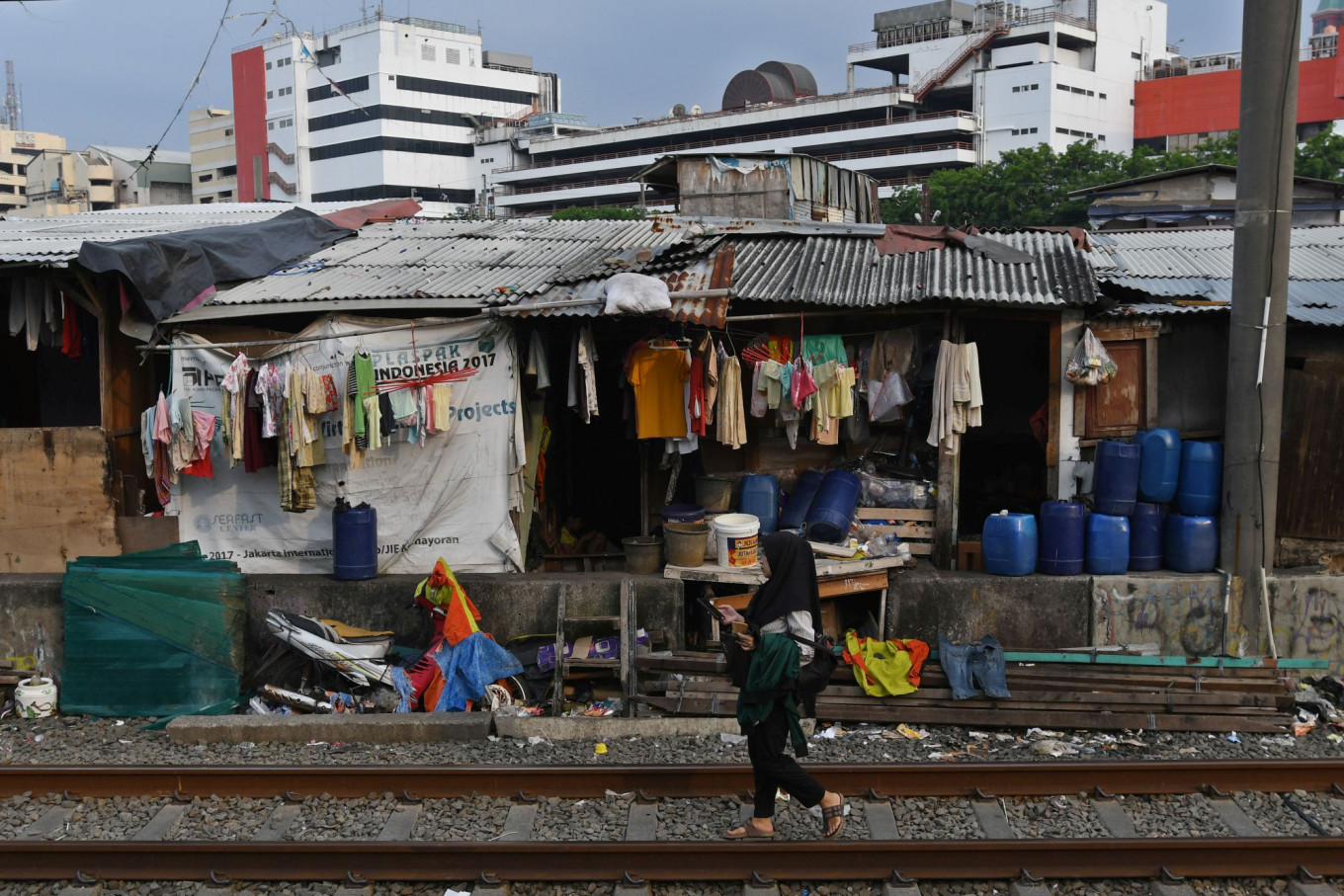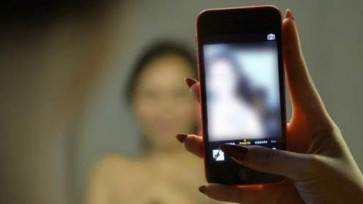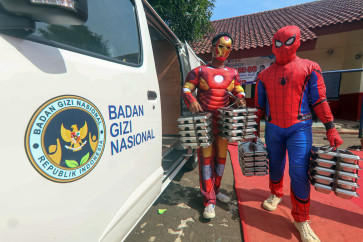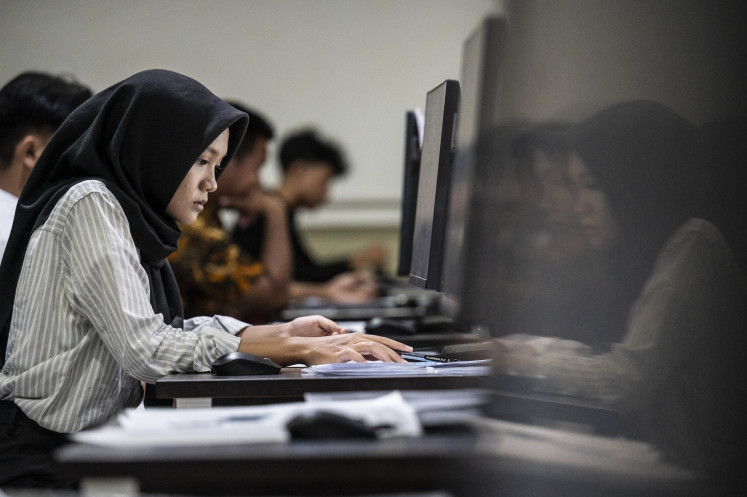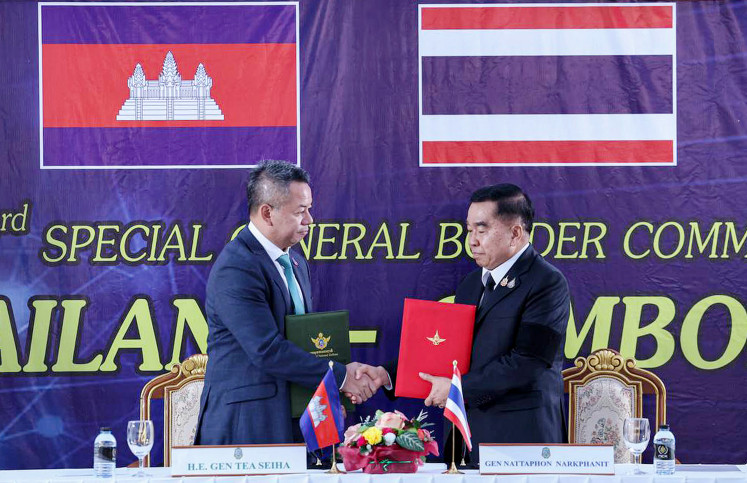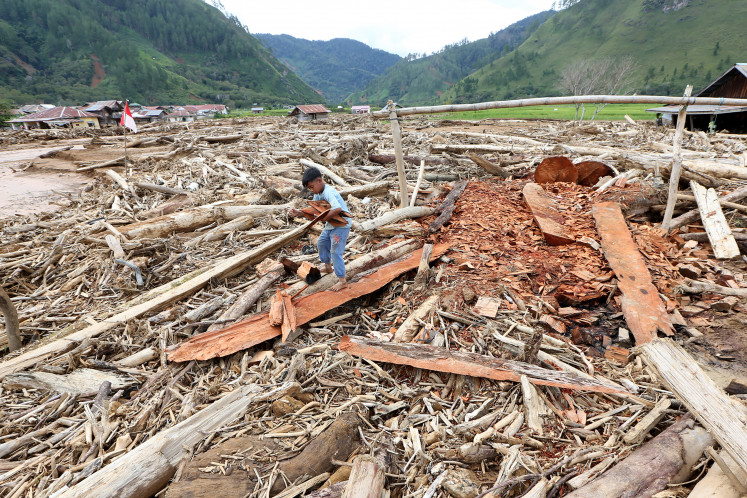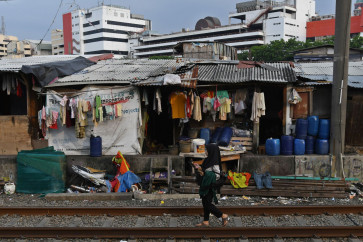Popular Reads
Top Results
Can't find what you're looking for?
View all search resultsPopular Reads
Top Results
Can't find what you're looking for?
View all search resultsThe new face of poverty: Digital exclusion deepens gender inequality
The digital divide is a major contributor to the feminization of poverty in Indonesia, especially when digitalization leaves behind single mothers who are just scraping by.
Change text size
Gift Premium Articles
to Anyone
D
igitalization has worsened the problems for women who bear triple roles: mother, breadwinner and as the last pillar holding a family together. In an age defined by digital connectivity, their struggle is not only about economic survival, but also about navigating a new, hidden frontier of inequality: digital poverty.
Today, poverty is no longer always visible in crumbling houses or empty kitchens. It often hides in weak phone signals, broken devices or prepaid data packages that run out before the month ends.
For a single mother in a fishing village, the battle is not just low income, but also exclusion from the digital systems that now govern daily life. School assignments are distributed via apps. Social assistance is registered online. Even small home businesses require digital promotion. Without connectivity, these are doors forever closed.
Statistics Indonesia (BPS) reports that in 2023, around 78 percent of households in Indonesia had internet access. In urban areas, that figure was 86.34 percent; in rural areas, it was only 67.62 percent. In the Papua Highlands, just one in three people had ever been online whereas in Jakarta, almost 92 percent of residents were connected. The gap is staggering.
According to the World Bank’s latest poverty threshold for upper middle-income countries, more than 60 percent of Indonesians are poor, meaning they fall below the global middle-income poverty line. Many of them are single mothers working in the informal sector without health insurance, social protection or digital access.
A 2025 report by social media management platform Hootsuite shows that Indonesia has 212 million internet users, roughly 74 percent of the population. Yet the country has 356 million active mobile connections, which means that many people own multiple SIM cards without being truly connected. Social media users account for only half the population, and access does not necessarily mean participation.
The feminization of poverty today is not just about lower wages or limited job opportunities. It is increasingly shaped by disconnection from the digital infrastructure that now determines access to rights, markets and information. In rural areas, weak signal strength is the main reason why single mothers cannot apply online for extreme poverty alleviation programs. In cities, many have never opened an email or downloaded an e-commerce app.

